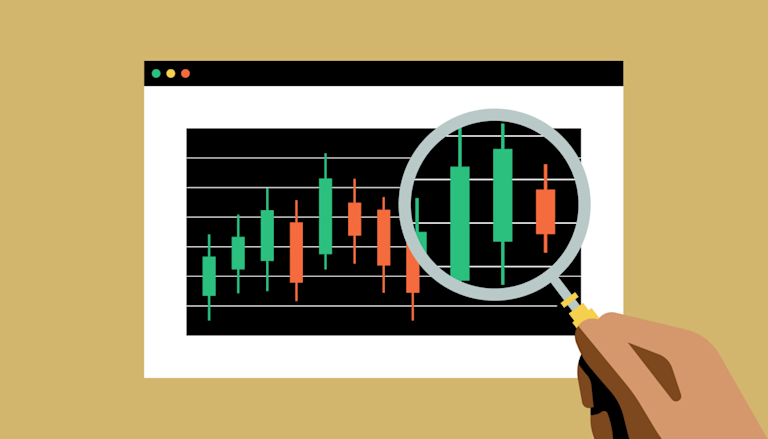
Ensuring Crypto Trading Security: Best Practices for Traders
Cryptocurrency has revolutionized the world of finance, offering new opportunities for investments and trading. However, this also comes with increased risks, primarily related to security. Investors must understand that while blockchain technology offers a degree of security, the platforms and wallets used for trading can still be vulnerable to various threats. This article will delve into best practices and strategies to enhance Crypto Trading Security https://www.newsvoir.com/index.php?option=com_content&view=catnews&catid=114&Itemid=37&page=201, helping traders safeguard their digital assets effectively.
Understanding the Risks in Crypto Trading
To enhance security measures, traders must first understand the types of risks associated with cryptocurrency trading. These risks can be categorized into several types:
- Exchange Risks: This risk encompasses potential breaches in security measures of trading platforms, leading to asset theft.
- Phishing Attacks: Cybercriminals often use misleading emails or websites to steal sensitive information, such as passwords and private keys.
- Wallet Vulnerabilities: Software or hardware wallets may be susceptible to hacking if not configured or maintained correctly.
- Market Risks: Volatile market conditions can lead to significant financial losses if proper trading strategies are not implemented.
Best Practices for Enhancing Crypto Trading Security
Given the risks outlined, implementing robust security measures while engaging in crypto trading is imperative. Below are some best practices that can greatly enhance your crypto trading security:
1. Use Reputable Exchanges
Choose exchanges that are known for their security measures. Research the exchange’s history regarding breaches and how they respond to security threats. Look for platforms that offer features like two-factor authentication (2FA), withdrawal whitelists, and cold storage for assets.
2. Enable Two-Factor Authentication (2FA)
2FA is a crucial security layer that requires not only a password and username but also something that only the user has on them: a piece of information only they should know or have immediately to hand. This could be a code sent to their phone, making it significantly harder for hackers to access accounts.
3. Utilize Hardware Wallets
For long-term storage of cryptocurrencies, hardware wallets are the most secure option available. These devices store your private keys offline, making them immune to online hacking attempts. Hardware wallets are essential for anyone holding significant amounts of crypto assets.

4. Be Aware of Phishing Attempts
Individuals must remain vigilant against phishing scams. Always ensure that you are accessing the legitimate website of your exchange by checking the URL. Never click on links in emails or messages that request sensitive information. When in doubt, go directly to the website.
5. Regular Software Updates
Keep your devices and software updated regularly to protect against vulnerabilities. This includes your operating system, antivirus software, and any applications that you use for trading. Updates often contain security patches that protect against new threats.
6. Employ Strong Passwords
A robust password is vital in protecting your online accounts. Use lengthy and complex passwords that combine letters, numbers, and special characters. Avoid using the same password across multiple platforms and consider using a reputable password manager to keep track of them.
7. Monitor Transactions Regularly
Stay informed about your transactions and account balances. Regular checks can help you spot any unauthorized transactions quickly and alert you in case of a breach. Setting up notifications for transactions can also be beneficial.
8. Educate Yourself on Security Protocols
Knowledge is a powerful tool against cyber threats. Regularly educate yourself on the latest security practices and be informed about common scams and phishing techniques that criminals use in the crypto space. Stay engaged with the crypto community to learn about best practices.
Conclusion
Crypto trading offers great potential for profit, but it also comes with significant risks that can lead to devastating losses if not managed properly. By implementing the best practices outlined in this article, traders can enhance their crypto trading security and protect their digital assets from potential threats. Always remember that security should be a continuous process, one that evolves alongside the ever-changing landscape of the cryptocurrency market. Stay informed, stay secure, and trade wisely.
As we move forward in the exciting world of crypto, let us remain vigilant and prioritize our security to truly harness the benefits of this transformative technology.